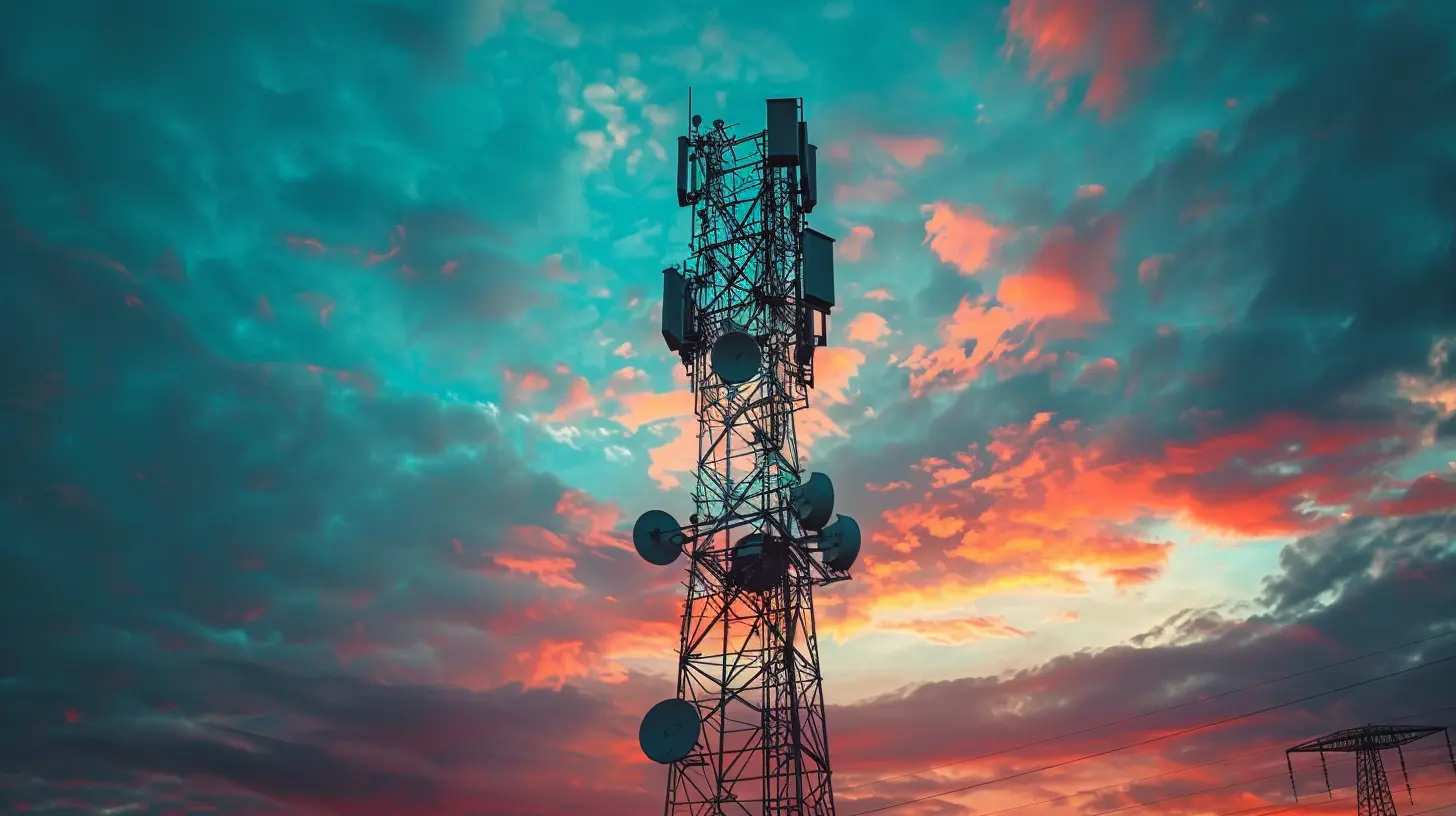The Growing Importance of Telecom in the Healthcare Industry
5 August 2025
Technology has revolutionized almost every aspect of our lives, and healthcare is no exception. Over the last decade, telecom has increasingly played a crucial role in transforming patient care, streamlining operations, and enhancing accessibility.
But why is telecom becoming such a game-changer in healthcare? And how is it shaping the future of medicine? Let’s break it down. 
The Role of Telecom in Healthcare
Telecom isn’t just about making phone calls anymore. With the rise of telemedicine, remote monitoring, and real-time data sharing, communication technology has become a lifeline for modern healthcare systems.1. Telemedicine: Bridging the Gap Between Patients and Providers
Remember when visiting a doctor meant hours of waiting? Thanks to telecom, those days are fading fast. Telemedicine has brought healthcare right into our homes, making consultations more convenient and accessible.- Virtual consultations: Patients can consult doctors via video calls, eliminating travel time.
- Remote diagnosis: Doctors can diagnose and prescribe treatments without physical visits.
- Follow-ups made easy: Routine check-ups can be done remotely, reducing hospital crowding.
During the COVID-19 pandemic, telemedicine surged, proving that healthcare can be effective without physical presence. Even today, many hospitals and clinics continue to rely on virtual healthcare, especially for follow-ups and chronic disease management.
2. Remote Patient Monitoring (RPM): Keeping an Eye on Patients Anytime, Anywhere
Chronic illnesses like diabetes, heart disease, and hypertension require constant monitoring. But let’s be honest—who has the time (or patience) to visit a hospital for frequent check-ups?This is where Remote Patient Monitoring (RPM) steps in. Telecom-based healthcare solutions allow wearable devices (like smartwatches and glucose monitors) to send real-time health data to doctors.
- Continuous tracking of vitals: Blood pressure, heart rate, and sugar levels are monitored in real time.
- Early detection of issues: Doctors can intervene before a minor issue turns into an emergency.
- Better patient engagement: People are more involved in managing their own health.
With RPM, healthcare is shifting from reactive to proactive—meaning doctors can prevent issues instead of just treating them. 
How Telecom is Revolutionizing Hospital Operations
Healthcare facilities are not just about treating patients—they also operate like massive organizations. And managing them efficiently requires seamless communication.3. 5G and the Future of Healthcare Connectivity
Imagine a world where ambulances send patient data to hospitals before arrival or where AI-powered robots assist in surgeries with minimal latency. That’s 5G in healthcare.So, why is 5G such a big deal?
- Ultra-fast speed: Data transfer happens in real-time, reducing delays.
- Lower latency: Critical procedures (like remote surgeries) benefit from near-instant communication.
- Increased device connectivity: Smart medical devices can work together seamlessly.
With 5G, telemedicine will feel more natural, and hospitals will function more efficiently, improving patient care like never before.
4. Secure Communication: Protecting Patient Data
With healthcare going digital, data security is a major concern. Patient records, prescriptions, and medical histories are stored electronically, making them vulnerable to cyberattacks.Telecom providers are now focusing on:
- End-to-end encryption: Ensuring patient consultations remain private.
- Cloud-based storage security: Protecting health data from breaches.
- AI-driven security measures: Detecting threats in real time.
Cybersecurity in healthcare isn’t just about compliance—it’s about trust. Patients expect their information to be safe, and telecom plays a huge role in making that happen. 
Telecom and Rural Healthcare: A Lifesaver for Remote Areas
Ever wondered how people in remote villages get medical help without proper hospitals nearby? The answer is telecom-driven healthcare solutions.5. Expanding Healthcare Access to Underserved Regions
Not everyone has a hospital within reach. But thanks to telecom, distance is no longer a barrier.- Mobile health clinics: Doctors can conduct virtual check-ups in remote areas.
- AI-powered chatbots: Basic medical inquiries are handled through automation.
- Emergency response improvements: Telecom enables faster communication for medical emergencies.
For rural patients, telecom isn’t just about convenience—it’s a lifeline. 
Challenges of Integrating Telecom in Healthcare
Despite its massive benefits, telecom in healthcare isn’t without challenges.- Technological barriers: Not all hospitals have the infrastructure for high-speed connectivity.
- Regulatory issues: Telehealth regulations vary across regions, slowing adoption.
- Digital divide: Elderly patients or those in low-income areas may struggle with technology.
The key to overcoming these challenges? Better training programs, government incentives, and continued investment in healthcare tech.
The Future of Telecom in Healthcare
So, what’s next?- AI and machine learning: Expect smarter diagnostic tools powered by telecom.
- Augmented reality (AR) in surgeries: Surgeons could receive real-time guidance remotely.
- Blockchain for health records: Secure, decentralized patient data management.
With the rapid advancements in telecom, healthcare is set to become more efficient, accessible, and patient-centered.
Final Thoughts
Telecom isn’t just a supporting player in healthcare anymore—it’s a driving force behind its transformation. From virtual check-ups to life-saving emergency response systems, telecom is making healthcare smarter, faster, and more connected.As technology advances, one thing is certain: telecom will continue to shape the future of healthcare, improving lives across the globe.
all images in this post were generated using AI tools
Category:
TelecommunicationAuthor:

Ugo Coleman
Discussion
rate this article
1 comments
Pamela Howard
Telecom is revolutionizing healthcare by enhancing communication, improving patient monitoring, and facilitating remote consultations. As technology advances, its integration in healthcare will be crucial in delivering efficient, accessible, and high-quality medical services to patients everywhere.
August 9, 2025 at 2:50 AM

Ugo Coleman
Thank you for your insight! I completely agree—telecom's role in enhancing communication and remote care is indeed transforming healthcare delivery and improving patient outcomes.


